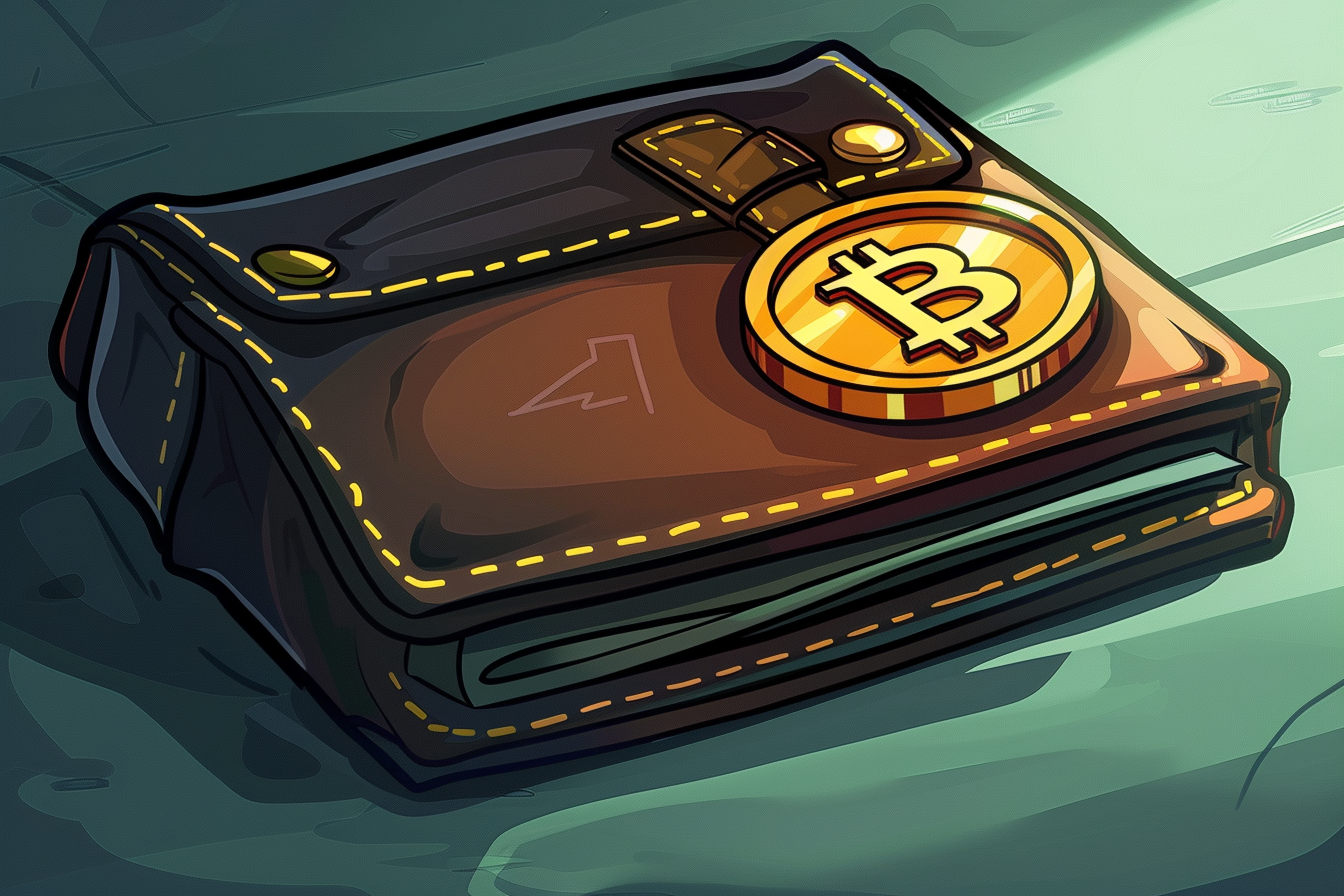Table of Contents
The Reserve Bank of India, under the guidance of Governor Shaktikanta Das, is working towards enhancing accessibility to its digital currency by eliminating the requirement for internet connectivity.
Das said, "One of the key features of cash is that it works offline. We are working on making the CBDC transferable in the offline mode also."
While industrialised nations are wary of trying out digital currencies supported by central banks, India is one of the few economies that has done so.
When the country's pilot programme was expanded, at least 1.3 million consumers and 300,000 businesses were using digital money.
Das noted that although daily CBDC usage in India has hit 1 million, consumers still prefer utilising rapid mobile payment mechanisms.
The Governor said, "The key objective of the pilots has been a change in consumer behaviour vis-a-vis bank deposits; we need many more transactions to understand its wider economic effects, especially on monetary policy and the banking system."
Although CBDCs will assist the central bank in utilising new technology to streamline transactions and payments, significant concerns about data privacy and cybersecurity prevent a complete rollout.
Many institutions, including the RBI, are wary about the new currency. According to the Atlantic Council, a US-based think tank, 36 nations are now testing CBDCs, but only three - Nigeria, Jamaica, and the Bahamas, have gone public with their digital currency.







